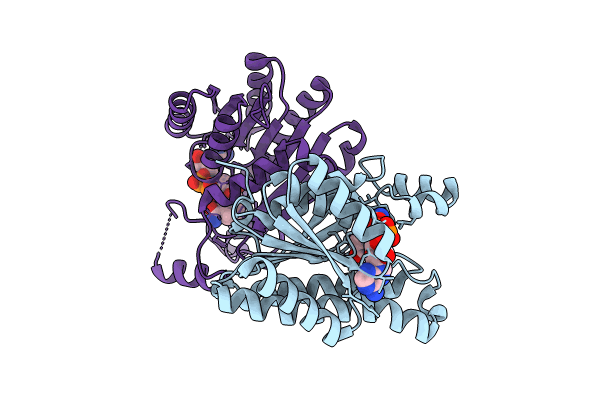
Deposition Date
2024-02-05
Release Date
2024-06-12
Last Version Date
2024-12-25
Entry Detail
PDB ID:
8Y83
Keywords:
Title:
Crystal structure of a ketoreductase from Sphingobacterium siyangense SY1 with co-enzyme
Biological Source:
Source Organism:
Sphingobacterium siyangense (Taxon ID: 459529)
Host Organism:
Method Details:
Experimental Method:
Resolution:
2.00 Å
R-Value Free:
0.20
R-Value Work:
0.16
R-Value Observed:
0.16
Space Group:
P 65 2 2


